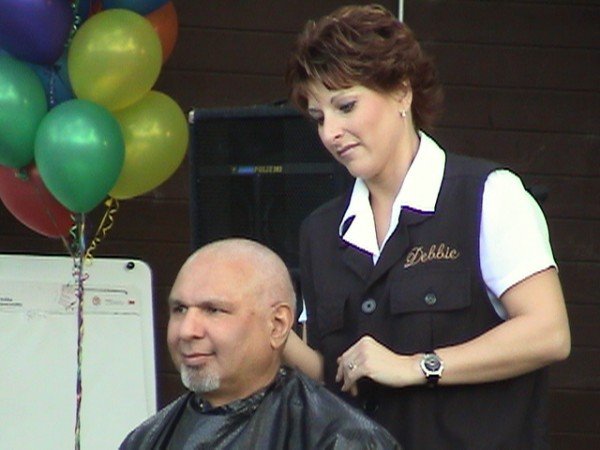Ten reasons for Klein to butt out!
An open letter was sent to Mr. Klein and it was published in the Medicine Hat News on Monday, August 25th, 2003, Page B4.
From: Dr. Noorali Bharwani [mailto:bharwani@monarch.net]
Sent: Friday August 22,2003 12:17 PM
To: premier@gov.ab.ca
Cc: Letters- Medicine Hat News
Subject: Open letter to Premier Klein – time to stop smoking!
Dear Mr. Klein:
I am shocked and disappointed to read in to-day’s Medicine Hat News (Klein slams butt bylaw) that you smoke. I was very proud of you when you publicly accepted that you were addicted to alcohol and took action to rid yourself of that evil. Now it is time for you to go public and say smoking is an evil which not only destroys your health but drains our health care system of precious dollars which can be put to better use.
In your recent statement you gave several reasons why you think smoking is a lesser evil than alcohol. I beg to disagree. And I think many Albertans and Canadians are going to be disappointed that you chose to make a statement which will encourage people to justify their smoking. As a premier who cares about the health of Albertans and how every dollar is spent in the health care system, I would have expected that you would have given the following ten reasons (well publicized in Health Report to Albertans 2003; AADAC’s It’s time to tell the truth about tobacco; and Alberta Cancer Board’s Cancer in Alberta, January, 2003) why all Albertans should stop smoking and discourage others to start smoking:
1. Albertans smoke more than the national average.
2. In 2000-2001, 683,900 Albertans were smokers.
3. Tobacco causes one in five deaths in Alberta.
4. Tobacco use is the leading cause of preventable illness, disability and death in Alberta and Canada.
5. Tobacco is the cause of an average of 3,400 premature deaths each year in Alberta.
6. Smokers have two to four times the risk of heart attack and sudden death from coronary artery disease than non-smokers.
7. Smoking around children can negatively impact their health.
8. Smoking during pregnancy is associated with low birth weight and health problems in infancy and later on.
9. Exposure to second-hand smoke can increase non-smokers’ likelihood of developing asthma, heart disease and lung cancer and
10. Nicotine is addictive.
I hope these are ten good reasons to declare smoking a monstrous evil and call on all Albertans to quit smoking. And you may want to set an example by throwing all your cigarettes in the garbage. I am sure many Albertans and Canadians will be grateful to you and be proud of their premier who always sets a good example when it comes to self-discipline.
Yours Sincerely,
Dr. Noorali Bharwani
(A concerned citizen)
Medicine Hat, AB
www.nbharwani.com
bharwani@monarch.net
Start reading the preview of my book A Doctor's Journey for free on Amazon. Available on Kindle for $2.99!
